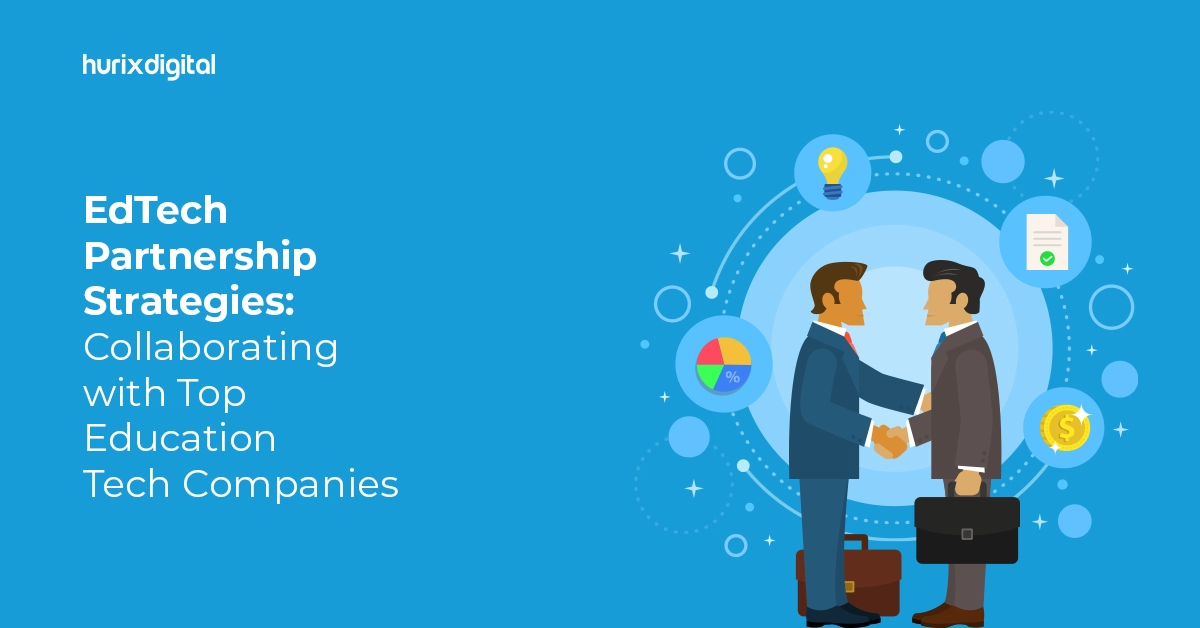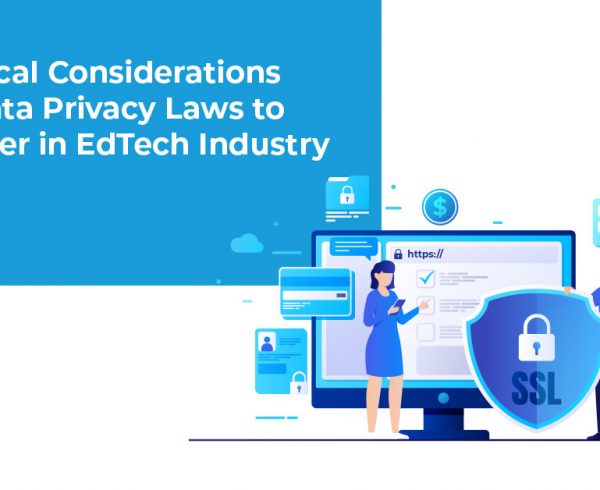Summary
This article explores the latest trends and predictions for the EdTech industry in the USA for 2024. It covers the key trends in visual learning immersion experiences, the use of artificial intelligence in the curriculum, and the growing implementation of nano learning.
The EdTech in the USA is a rapidly expanding and dynamic domain that is influenced by shifts in both the broader technological advancements and the learning styles of different generations. Over the past few years, there has been a surge in the number of establishments providing more immersive learning opportunities via cloud-based platforms, video, and customized one-on-one interactions.
The way students utilize and access knowledge will change as we approach 2024 and beyond due to factors like automation, artificial intelligence, and more sophisticated camera systems.
Additionally, these developments will assist teachers in providing each student with worthwhile experiences. This article explores the latest trends in EdTech solutions, predictions and growth of the industry in the future, and the overall impact on the US education system. Let’s dive in!
Table of Contents:
7 Key Trends of EdTech in the USA in 2024
The size of the global EdTech market was estimated to be worth US$ 74.2 billion in 2021, and it is expected to grow at a rapid 14.5% CAGR between 2021 and 2031, reaching a total of US$ 288.4 billion by the end of that forecast period.
Here are some key trends and future predictions for EdTech in the USA.
1. Visual Learning Immersion Experiences
The information must be presented clearly for learners to remember it. While visual aids like films and PowerPoint presentations have long been used in the classroom, educators are starting to play around with different display choices.
Teachers and students can share and stream incredibly clear images thanks to cutting-edge AV technologies. These devices integrate camera equipment, magnifiers, and projection screens for educational purposes into a single, easy-to-use tool that is perfect for the classroom.
Even wireless instruments that work with a variety of laptops, tablets, and other equipment are accessible to support special 1:1 learning plans. Access to software suites that combine multiple video streams and multimedia alternatives for teachers working with remote and hybrid students can improve many of these solutions.
2. EdTech’s Use of Artificial Intelligence
Artificial intelligence (AI) is one of the most important trends that will impact all industries in the future. It has become a global phenomenon. AI in education can help teachers and students in many different ways. They can automatically improve video streams so that cameras always follow the active speaker. To reduce the time teachers spend interacting with their technology directly, some cameras even include gesture controls.
The EdTech industry can assist administrators and school leaders in comprehending learner behavior and data, allowing them to customize the experience to meet each student’s specific needs.
The administration can now create artificial intelligence (AI) support that can instantly respond to student inquiries and provide round-the-clock study support, all thanks to ChatGPT and other generative AI tools.
3. Personalized Learning Opportunities
According to studies, students who receive individualized education and support perform better than 98% of their non-receiving peers. Leaders in professional, college, and school education are starting to realize how important it is to provide students with more individualized learning opportunities.
This could be setting up one-on-one instruction for students who are having difficulty with a particular subject, or it could entail using software to evaluate learner habits and performance and design personalized learning programs. Thanks to intelligent technology, teachers can now keep an eye on every student’s progress in real time, which boosts student engagement.
Furthermore, technology-neutral solutions such as cameras and software for video conferences guarantee that students can stick with the tools they are most familiar with. This might entail giving students access to instruction and help via websites like YouTube, Microsoft Teams, and Zoom. In addition, EdTech in the USA can use gamification strategies—like leaderboards, reward points, and badges—to boost student engagement in learning environments.
Also Read: The Do’s and Don’ts of AI in Education: 5 Mistakes Educators Should Avoid and How to Overcome Them!
4. Growing Implementation of Nano Learning
Due to their short attention spans and the constant demand for interesting material, students are drawn towards bite-sized learning materials like flipbooks, video tutorials, podcasts, and audio clips because they save time and energy.
Learners are looking for inclusive and easily accessible educational materials. Their tastes are for unambiguous, visually compelling content that enhances the plot and can be administered in seconds.
Teachers are making progressive decisions about learning in their medium of directives, putting a greater emphasis on interactive knowledge creation.
5. Adaptive Learning Facilitated by AI
AI in education has made it possible to adjust in real-time to the requirements of students, offering the lessons and activities required to close knowledge gaps and solidify concepts.
Savvy, computerized tutoring systems have been growing for many years. However, it’s only been recently that processing power has increased to the point where artificial intelligence can be used for this intent on both local and cloud devices.
Chatbots with AI capabilities are also becoming more prevalent. For instance, adaptive learning is used by chatbots like Duolingo to teach foreign languages. Additionally, chatbots such as AdmitHub and Ivy.ai are serving as administrative assistants in higher education, offering assistance with everything from aid for tuition and living expenses to applying to colleges.
6. Integration of Emotional Intelligence into the curriculum
It is anticipated that in the future, there will be a deeper integration of elements of emotional intelligence (EI) into EdTech programs. The creation of resources and tools that foster emotional intelligence will remain a priority for top EdTech companies in the USA as emotional intelligence is becoming widely acknowledged for its contribution to academic and professional achievement.
It will grow more common to include stress management techniques, psychological wellness modules, and meditation sessions. Edtech in the USA will continue to center on how technology can support learners’ emotional wellness and overall growth, which reflects a broader societal awareness.
7. Upscaling User Experience
The field of user experience (UX) research is rapidly taking the EdTech industry by storm as it recognizes the critical importance of smooth interactions in learning settings. UX research, which examines user behaviors, preferences, and issues, is becoming more important for K-12 EdTech companies. Teachers can create more user-friendly platforms by using the insights gained from this analytical approach.
Furthermore, this trend actively promotes more successful learning outcomes in addition to raising user satisfaction. As EdTech in the USA becomes more pervasive, designing with the learner at the center guarantees that digital resources meet a range of requirements and learning styles.
Also Read: Top 10 AI Trends Reshaping the World of Education in 2024
Takeaway
Growing trends of EdTech in the USA include a wide range of tools and approaches, with a focus on chatbots, simulated tutors, AI-assisted instruction, UI/UX advancement, blockchain data safety, subscription-based training platforms, and more.
By carefully and strategically implementing EdTech Trends 2024, we can create a more equitable, personalized, and engaging education system while enabling students to realize their greatest potential.
If you are looking for cutting-edge EdTech solutions to upscale your learning outcomes, get in touch with Hurix Digital. We offer educational institutions with the best digital solutions and online teaching platforms. Using revolutionary technology and software, we develop personalized educational programs to meet any kind of company’s requirements.
Connect with us for more info!










